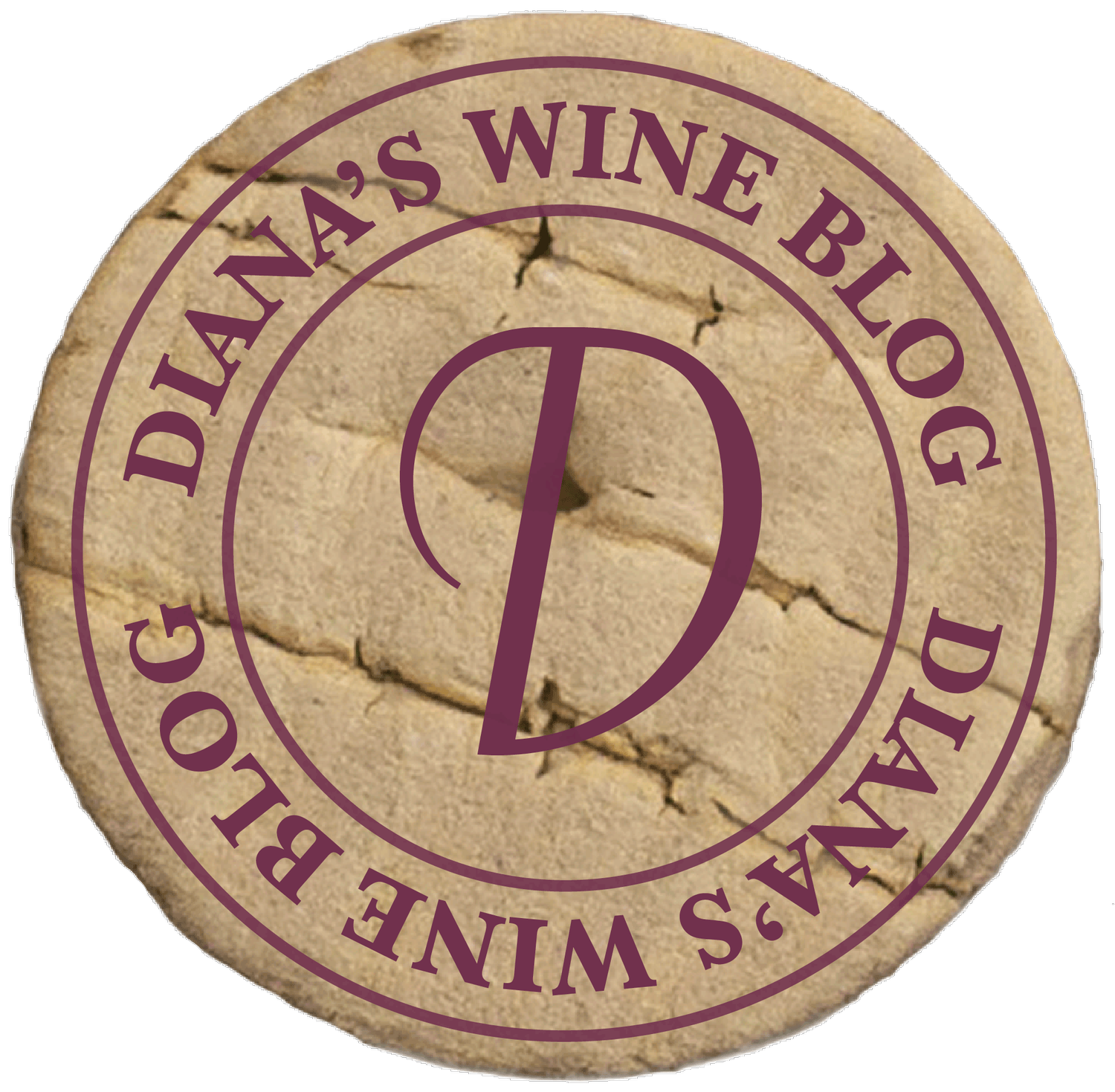Call Me a “Cab”!!!
Cabernet Sauvignon has been referred to as the King of red wine grapes and the varietal of preference for many. Cabernet Sauvignon and blends where the Cabernet Sauvignon grape predominates are some of the most prized wines produced in California. Cabernet Sauvignon (often referred to as “cab” or “cabernet”) is dry, full flavored, and made to be long-lived. The aging potential can be 10-20 years or more. Yet, do you know where the varietal comes from? Interestingly, it is a relatively new varietal – the product of a crossing between Cabernet franc and Sauvignon blanc during the 17th century in France. Since that time, Cabernet has traveled all around the world and is the dominant grape grown in Napa Valley.
Let’s talk about what it is that has that beautiful, full-bodied wine be designated a Cabernet. In order for a wine to be called a Cabernet, 75% must come from Cabernet Sauvignon grapes. The wine maker may then blend in other grape varieties to produce the best possible outcome. Depending on the vintage and the yield (plus many other factors), he or she may add Merlot, Cab franc, Syrah, Mouvedre, or other grapes to round out the flavor profile. The 75% rule is true for all wines in the United States: In order to be called a specific variety, 75% must come from that variety. If it’s less than 75%, the wine needs to be called a blend.
This begs the question, why would the wine maker add different grapes? Well, different grape varietals add different aromas, flavor profiles, and structure to the wine. Remember – there are many variables that affect a vintage and the resultant fruit that is harvested. A particular vintage may need more aromatics, so the wine maker might add Cabernet franc to get more floral notes. It might need more of a finish, so the wine maker might add Petit Verdot. The combinations are limitless, and we will get into that more in the future. Keep in mind – there is nothing innately better about a 100% Cabernet versus one that is 78% Cab, 20% Merlot, and 2% Petit Verdot. It’s more about the balance, flavors, and structure.
While we’re talking about blending, let me add that the rules become more stringent as the labeling becomes more specific. To be labeled as coming from a specific area, such as Stags Leap, 85% of the grapes must come from that area. To be labeled as coming from a specific vineyard, such as Dr. Crane Vineyard, 95% of the grapes must come from that vineyard.
So what is the big deal about all the numbers? It matters that you know what you are getting and what you are paying for. For example, some of the most prized Cabernet grapes in Napa come from the To Kalon vineyard. Andy Beckstoffer (the vineyard owner) has a pricing formula that calls for the price of a ton of To Kalon Cabernet grapes to equal 100 times the current retail price of a bottle. For example, if a bottle of Paul Hobbs Beckstoffer To Kalon Cabernet Sauvignon costs $250, then Hobbs likely paid at least $25,000 for a ton of the grapes from that vineyard! By contrast, the average price for a ton of Cabernet grapes from Napa Valley is around $4000.
Just to see if your mouth starts watering, here’s a picture of Cabernet grapes from the To Kalon vineyard:
To Kalon 2012
Oh, there is so much more to talk about. Until next week…
Cheers!

